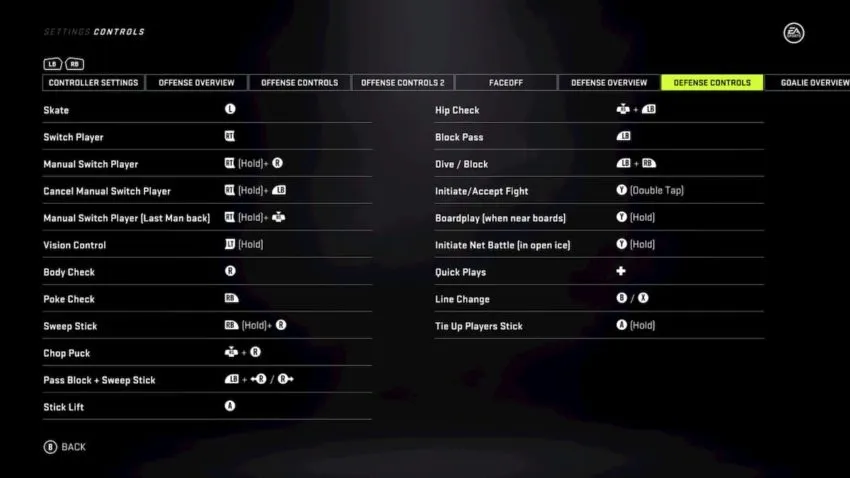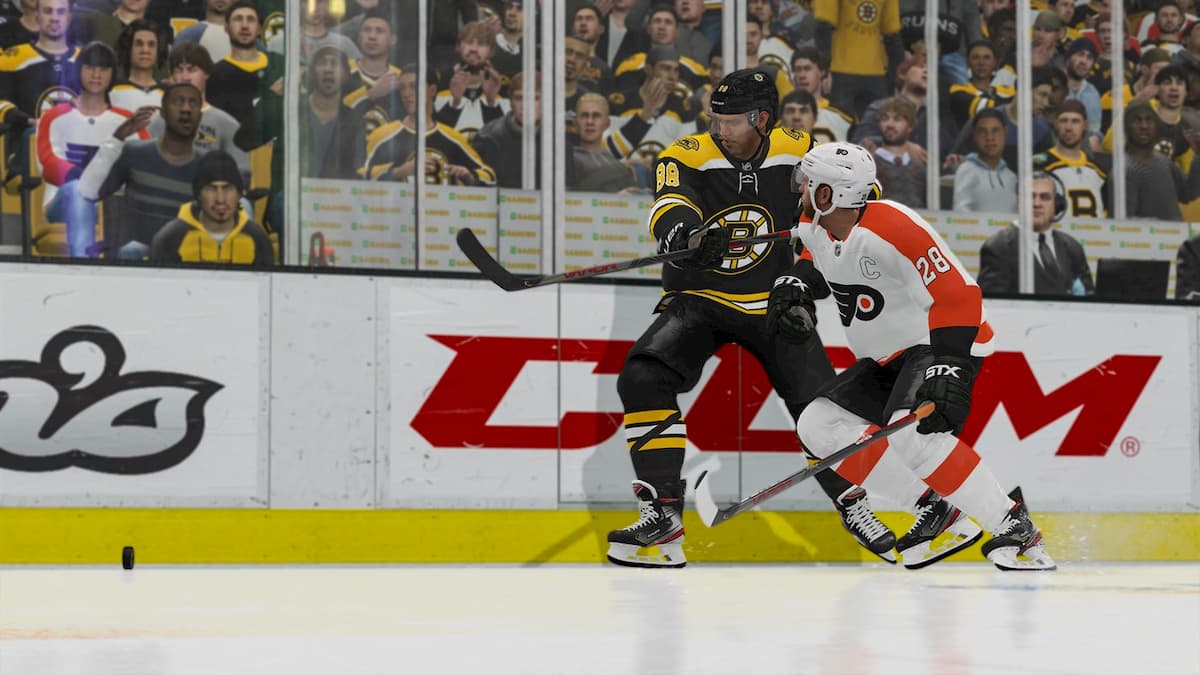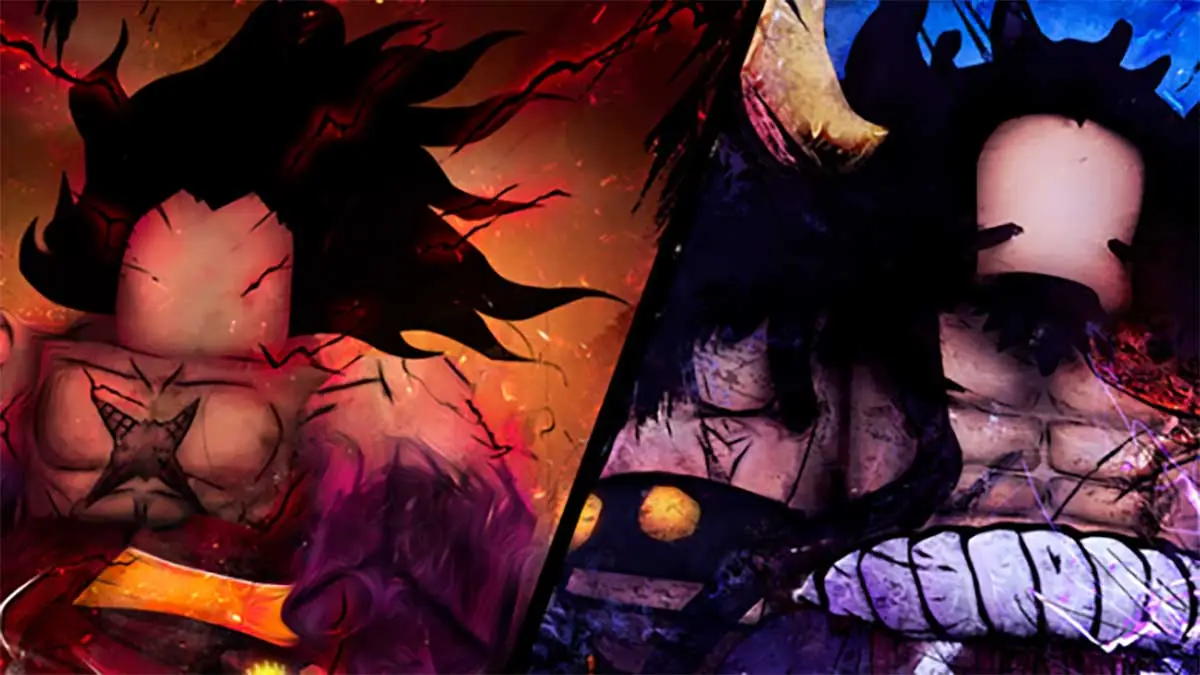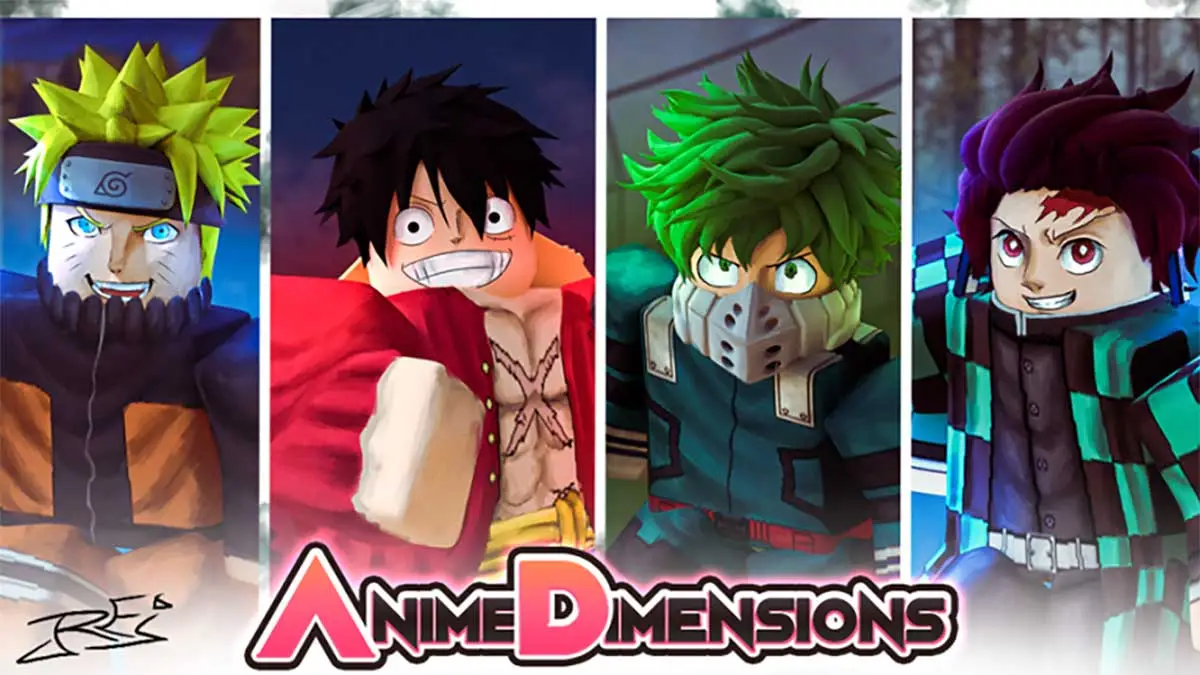The ultimate objective in hockey is simple: score more goals than the opponent. That’s not hard to figure out, but how do you get there? That can be tough, but if you want to ensure that you come out on top, you need to play strong defense. Playing strong defense in NHL 21 takes more than just knowing the controls — it also requires you to be attentive, watch the opposition carefully, position yourself well, and make smart decisions. But how exactly do you do all of this?
We’ve got you covered, as we take a look at the controls for defense, plus some positioning and strategy tips that you should know for NHL 21.
Controls
| Type | XB1 Controls | PS4 Controls |
| Skate | L (Left/Right/Up/Down) | Left Stick (Left/Right/Up/Down) |
| Switch Player | RT | R2 |
| Manual Switch Player | RT (Hold) + R | R2 (Hold) + Right Stick |
| Casual Manual Switch Player | RT (Hold) + LB | R2 (Hold) + L1 |
| Manual Switch Player (Last Man Back) | RT (Hold) + RS | R2 (Hold) + Right Stick (Press) |
| Vision Control | LT (Hold) | L2 (Hold) |
| Body Check | R | Right Stick |
| Poke Check | RB | R1 |
| Sweep Stick | RB (Hold) + R | R1 (Hold) + Right Stick |
|
| ||
| Chop Puck | RS + R | Right Stick (Press) + Right Stick |
| Pass Block + Sweep Stick | LB + R (Left)/(Right) | L1 + Right Stick (Left)/(Right) |
| Stick Lift | A | X |
| Hip Check | RS + LB | Right Stick (Press) + L1 |
| Block Pass | LB | L1 |
| Dive/Block | LB + RB | L1 + R1 |
| Initiate/Accept Fight | Y (Double Tap) | Triangle (Double Tap) |
| Boardplay (when near boards) | Y (Hold) | Triangle (Hold) |
| Initiate Net Battle (in open ice) | Y (Hold) | Triangle (Hold) |
| Quick Plays | Pad | Pad |
| Line Change | B/X | Circle/Square |
| Tie Up Player Stick | A (Hold) | X (Hold) |

Now that we’ve gone over the basic controls you will need to know for defense in NHL 21, here are some helpful tips that might come in handy.
NHL 21 Defense Tips
1. Positioning, positioning, positioning
Let’s start with this important tip that every NHL player should know: positioning matters. It’s important to make sure that your defensemen are back and ready to make a play, and that your forwards are around the opposing team’s defenders and locking down the perimeter. Also, it’s probably wise to make sure that when backchecking and moving into your own zone when the opponent has the puck, you take control of one of your forwards. This will ensure that you have a third man back and that you avoid some treacherous 3-on-2 situations.
This, however, is just a broad approach to defense positioning. If, for example, you find yourself in a game where the opposing team is wreaking havoc with one-timers from the point, use your situational awareness and adjust the approach.
2. Don’t always go for the body check
Should it really surprise you that some players want to hit their opponents as much as possible? No, it should not, but let’s get something straight about body checking: use it as sparingly as you can.
The reason is that overextending yourself and attempting a body check can get you out of position and do more harm than good. An old hockey adage is that teams that lay the most hits generally don’t have the puck very often, and that can be very true in NHL 21, especially if you move yourself out of position too many times.
3. Poke check or stick lift?
There are two other ways you can take the puck off of the opposing team without laying a big hit: poke checks and stick lifts. However, you might be wondering as to when you should use either in the game. Generally speaking, it’s best to utilize a poke check when you are either in front of the puck or when you are facing an opposing forward. Stick lifts, on the other hand, generally work better when you are directly behind a player (i.e. you are facing toward the opposing player’s back).
Having great stick work is vital, as not only you can force turnovers with ease, but using the defensive skill stick (R for Xbox One and R3 for PlayStation 4) can help you control where you want the stick to be. However, using the defensive skill stick at the wrong time can make you take a penalty or lose speed and get caught on the ice. If you do plan on using the defensive skill stick, make sure there is ample space between you and the opposing puck-carrier.
4. Be careful about pinching
Let’s move away from the defensive zone for a second and talk about offense. What you do in the offensive zone can affect you defensively, particularly when it comes to pinching. Pinching is when a defenseman moves out of the position and up the ice, and this could be either to extend puck possession or to strip the puck off of the carrier.
While it might be a good idea at some times to attempt a pinch, be very careful when doing so. You generally should not do this against players with great speed, as this can lead to a blow-by and an odd-man rush, which is not ideal. Ideally, you should do this only in the offensive zone, where you have space to move around.
5. How should you play the odd-man rush?
But let’s say you are facing an odd-man rush, such as a 2-on-1. How should you handle this? Let’s take a look at this hypothetical 2-on-1 odd-man rush since those are the most common. First off, it’s important to remain poised and calm when you are facing an odd-man rush. The best chance you have to stop an odd-man rush is to play the skater that is not the puck carrier. More often than not, players will attempt a cross-ice pass to get the goalie moving, so playing the non-puck carrier can shut that option down and force the puck carrier to shot.
Usually, players will face at least one or two odd-man rushes a game. It is important to know how to play in these situations, as odd-man rushes do happen quite frequently. You can, however, limit the amount of odd-man rushes you give up by being responsible with the puck, limit pinching, body checks, and making sure that you have bodies back and not behind the puck.
6. Offense is the best defense
Our last tip has nothing do with actual defense, and more to do with offense. If you want to make sure you face as little pressure as you can, the best thing you can do is put pressure on the opposing team with your offense and keep possession in their end. This tip might not seem like much, but it’s important to emphasize. The reason is simple: the more you are on offense, the less you have to worry about playing in the defensive zone.







Published: Oct 31, 2020 04:54 pm